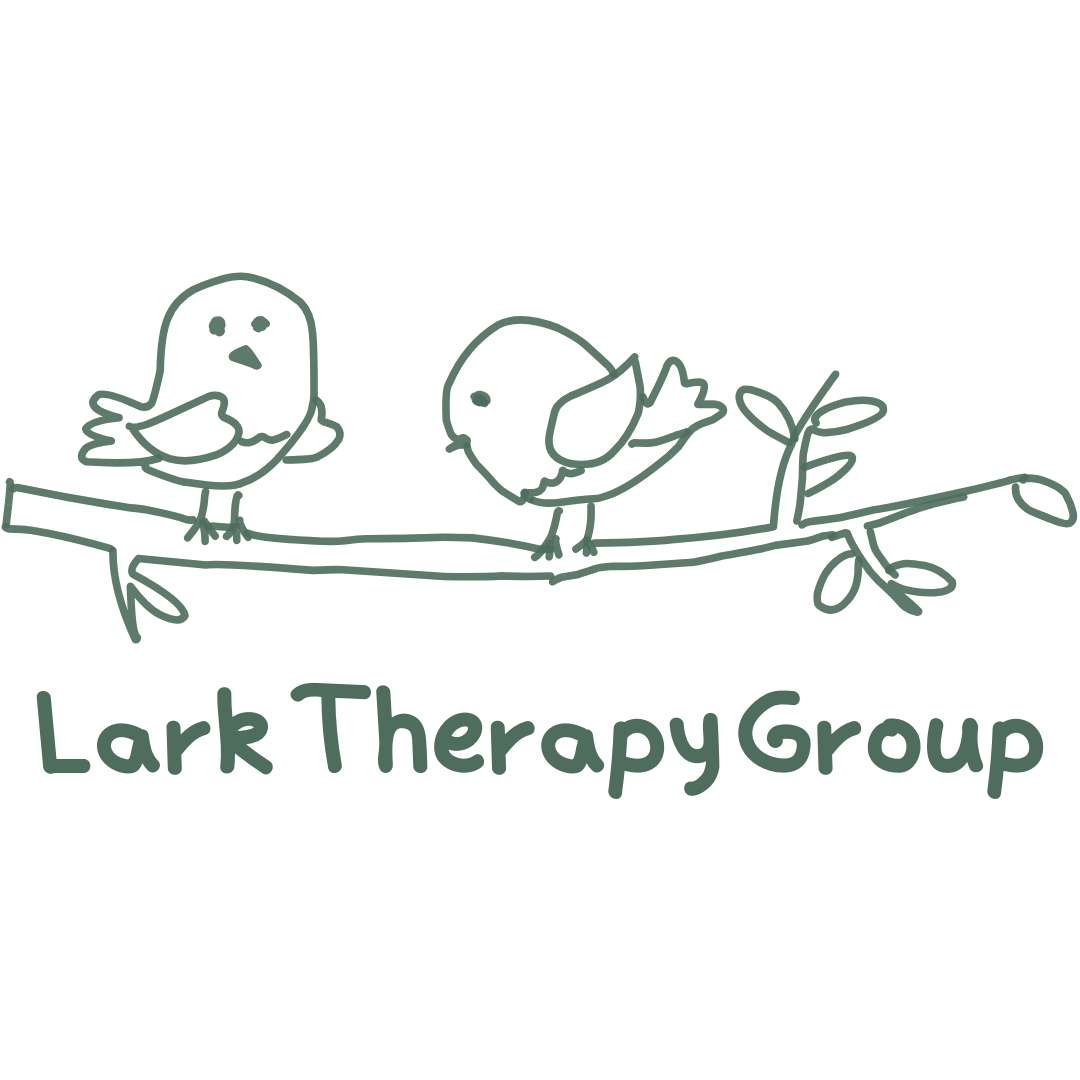When you’re exploring autism therapy options, the different terms and acronyms can feel like a new language. One you may come across is NET ABA—and if you’re wondering what that means or how it might help your child, you’re in the right place. At Lark Therapy Group, we believe in making therapy approachable and easy to understand. In this blog, we’ll walk you through what NET ABA is, how it’s used, and how it compares to other teaching methods like DTT.
What does NET mean in ABA?
NET stands for Natural Environment Teaching, and it’s a method used in ABA (Applied Behavior Analysis) therapy. In simple terms, NET ABA focuses on teaching skills in the places and situations where your child naturally spends time—like at home, on the playground, or during mealtime. Instead of using rigid structures or formal sessions, NET ABA builds learning opportunities into everyday activities.
The goal of NET is to make learning feel natural, enjoyable, and meaningful. This approach follows your child’s interests and uses their real-life motivations to help teach important skills like communication, social interaction, and play. So when we talk about NET ABA, we’re talking about a flexible, child-led approach that helps kids learn in the context of their daily lives—not just in a therapy room. It’s about turning everyday moments into teachable ones.
What is an example of NET teaching ABA?
Let’s say your child is really into dinosaurs. That’s a perfect opportunity to use NET ABA. Imagine your child reaches for a toy dinosaur. Instead of just handing it to them, the therapist—or you, as a parent—pauses and asks, “What do you want?” This moment becomes a natural opportunity to practice communication. If your child says “Dino” or “I want the dinosaur,” they get the toy as a reward for using their words. If they need a little help, the adult might model the correct phrase and gently prompt them to repeat it.
This moment is engaging because it’s based on something your child already loves. They’re motivated and focused, which makes learning much more effective. Without pulling them away from their interests, NET ABA builds skills like language, turn-taking, and following directions right into moments that already matter to your child.
What is the difference between NET and DTT ABA?
This is one of the most common questions we hear from parents, and it’s a good one. While both NET and DTT are teaching strategies within ABA, they’re used in different ways and environments.
DTT, or Discrete Trial Training, is highly structured. It’s usually done at a table in a quiet setting, with clear instructions, a defined start and end to each task, and specific reinforcement—like stickers or treats. It’s adult-directed, meaning the therapist leads the session and decides what to teach and when. This approach is great for teaching brand-new skills or behaviors that need clear, consistent repetition.
In contrast, NET ABA is more flexible and child-led. It happens in the child’s natural environment—during play, at the park, in the kitchen—and the learning is built into those everyday moments. There’s no rigid structure, and reinforcement is often naturally connected to what the child wants (like more bubbles, a toy, or a turn with the iPad). Instead of sitting down for a lesson, your child learns as part of the fun.
Both methods are valuable. DTT helps with the foundational building blocks of learning, while NET ABA supports generalization—meaning your child can take what they’ve learned and use it in real-world situations. Most ABA programs use a mix of both, tailoring the approach to the child’s needs.
What is an example of naturalistic teaching in ABA?
Naturalistic teaching is at the heart of NET ABA, and it can happen during all kinds of daily routines or playtime. For example, imagine you and your child are baking cookies together. When you say, “Can you give me the spoon?” and your child hands it to you, they’re practicing following directions. You might take it a step further by prompting them to say “Spoon” or “Here you go.” Their reward? Stirring the cookie dough—which is fun and motivating in itself. That interaction might seem simple, but it’s rich with learning.
Another example might take place outside while blowing bubbles. After a few blows, you pause and wait. Your child looks at you excitedly and either signs “more” or says “bubbles!” That communication is then reinforced by you blowing more bubbles. Here, your child is not only learning to communicate but doing it in a fun, natural setting that feels good to them.
In each of these examples, the child is learning in real time, in real life. These aren’t drills—they’re meaningful, joyful interactions that help children practice language, social engagement, and emotional connection.
Final Thoughts on NET ABA
At Lark Therapy Group, we often tell families that the best learning happens when children are having fun and feel connected. That’s why NET ABA can be such a powerful tool. It meets children where they are—literally and emotionally—and helps them learn in ways that feel natural, joyful, and meaningful.
If you’re interested in a therapy approach that blends structure with flexibility, or if your child thrives with hands-on learning in real-life settings, NET ABA might be a great fit. We’d love to talk with you about how it could work for your family and what it might look like in practice.
No matter where you are in your journey, you don’t have to figure it out alone. We’re here to guide, support, and cheer you on every step of the way.


